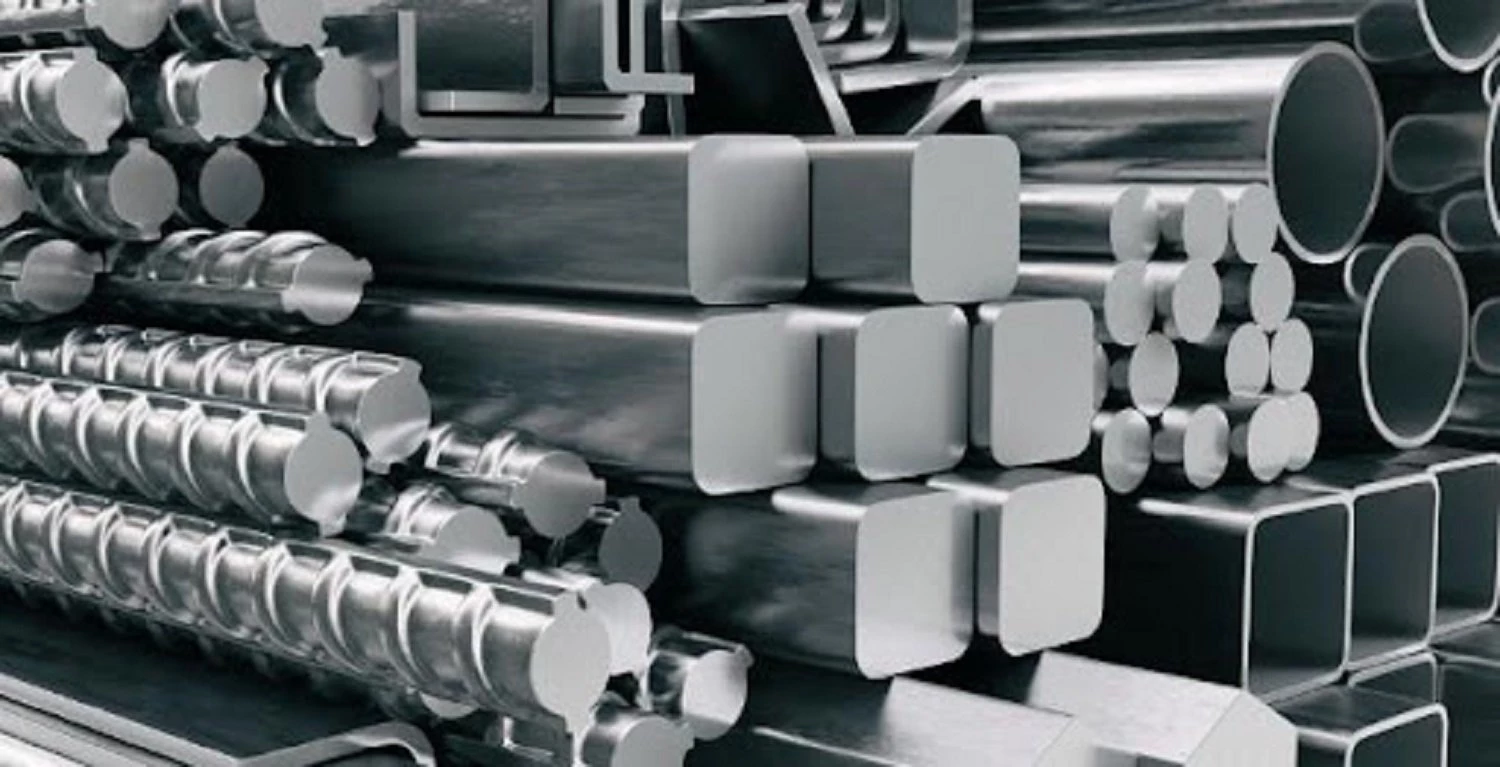A Look at Nickel in Stainless Steels

Although many stainless steels include Nickel as an alloying element, the recent rise in the price of raw materials has prompted users to consider lower Nickel or Nickel-free alloys. However, service performance of Nickel in stainless steels over the course of a component's life is significantly more important to the user than initial cost.
The main alloying component that gives stainless steels their "stainless" quality is chromium. For the protective oxide film to form on steel, which prevents corrosion, more than 10.5% must be added; this also gives it a particular tenacity and a shiny, gleaming look. In general, corrosion resistance increases with the addition of more chromium. Even some of those early stainless steels, which were discovered roughly a century ago, included Nickel. Even though Nickel is a pricey alloying additive, today around two thirds of the tonnage of stainless steel produced annually contains Nickel.
The toughest and most ductile metals have a face-centered cubic crystal structure, or austenitic. Good examples are aluminum, copper, and Nickel itself. Nickel is an alloying additive that forms austenite and can result in stainless steels with an austenitic structure that are stable at room temperature. Stainless steels made from austenite have a particularly alluring set of attributes. Those are the most popular grade of stainless steel in use today, Type 304, sometimes known as "18/8," was created as a result of adding Nickel, which accounts for around 18% chromium and 8% Nickel in its composition. Numerous circumstances call for particular physical characteristics, which limits the grades that can be considered. For instance, an MRI (magnetic resonance imaging) facility requires the usage of austenitic stainless steel with low magnetic permeability.
Nickel is known to lower the ductile-to-brittle transition temperature (DBTT), or the temperature at which the alloy turns brittle, in ferritic steel. The effect of chromium is the opposite, and some superferritic alloys are easily capable of having a DBTT considerably beyond 20 °C. In addition, other variables like grain size and further alloying additives affect the DBTT. Nickel has been purposefully added to several superferritic grades to increase the DBTT, particularly of welds.
Heat treatment can harden the martensitic grades. Some of them contain Nickel, which boosts hardness and permits a larger chromium concentration for greater corrosion resistance.
Finally, heat treatment allows the precipitation hardening (PH) grades to gain extremely high strength. There are numerous PH families and all of them are Nickel-containing.
The structure transitions from austenite to a combination of austenite and ferrite as the overall amount of austenite formers is decreased (body centred cubic). These are stainless steels that are duplex. Even the "lean duplexes," which are not economically significant, all contain 1% or more Nickel as a deliberate addition. The majority of duplex stainless steels have more chromium than typical austenitic grades. The ferrite phase is enriched in ferrite-stabilizing components compared to the composition as a whole, while the austenite phase is richer in austenite-stabilizing elements. The austenite phase may have 20%–40% more Nickel and 6–10% less chromium than the total amount of chromium. For these quantities of chromium to be soluble, a certain minimum Nickel concentration is required; the greater the amount of chromium means a corresponding increase in the amount of Nickel.
Comparative forming limit diagrams show that the face-centered cubic metal structure of Nickel austenitic stainless steels contributes to their excellent formability and good tensile ductility. Although the standard 18%Cr, 8%Ni grade has a somewhat lower limiting drawing ratio than some ferritic grades, it exhibits notably outstanding stretch forming properties. Higher Nickel concentrations make austenite more stable and lessen its tendency to work harden, which makes it more suitable for deep drawing. They are not prone to delayed cold cracking, unlike the low Nickel, high manganese grades.
Additionally, Nickel affects how resistant stainless steels are to chloride stress corrosion cracking, a different type of localized corrosion. However, there is a minimal resistance in this situation at Nickel contents of about 8%; for Nickel levels that are both lower and higher than this, stress corrosion cracking resistance increases significantly.
Generally speaking, stainless steels, including ferritic grades, have greater resistance to reducing acids like sulfuric acid as their Nickel concentration increases. Additionally, other elements, particularly copper and molybdenum, have a significant impact in this area. However, there may be risks associated with employing Nickel in this manner for ferritic grades, including intermetallic phase development and resistance to stress corrosion cracking.
All stainless steel grades appear similar at first glance. Comparing comparable surface finishes side by side does reveal variations in color and luster, though. While aesthetic preferences will always play a role, the 200-series grades can appear darker and the ferritic grades cooler than the Nickel austenitic grades. A grayer color might be preferable in some architectural applications, but generally speaking, consumers prefer a brighter, whiter metal, as evidenced by the success of the 300-series. Due to their excellent formability, austenitic grades from the 300-series are frequently used for demanding formable goods like pots and pans and kitchen sinks.
Hallmark Mining Corporation is a Nickel manufacturer and mining interest in the Philippines with a commitment to sustainable and responsible mining; for more information visit our website.
Source: Cutler, Coates, and Jenkinson (Nickel Institute)